Gambian Food Dishes: Basic Overview
Common Ingredients
Common Cooking Methods
Courses
Meals
Key Taste
Eating Etiquette
Meal Presentation
Culinary Festivals
Influence and Fusion
Popular Types of Gambian Dishes
-
Rice dishes
In Gambian cuisine, rice dishes are central, often made with long-grain rice and a rich combination of ingredients like onions, tomatoes, and various meats or fish.
These dishes are typically cooked in a single pot, embodying a blend of spices such as ginger, nutmeg, cumin, and chili.
Variations abound, catering to different dietary preferences, including vegetarian and fish-based versions.
-
Stews
Gambian stews feature a base of ground peanuts or peanut butter, garlic, onions, tomatoes, and a mix of seasonal vegetables like pumpkins and sweet potatoes.
These stews can be made with a variety of meats, including beef, bushmeat, or chicken, and there are also popular vegetarian versions.
-
Soups
Gambian soups are diverse, ranging from light and spicy peppersoups to more substantial offerings like oyster stew, characterized by their use of local seafood and vegetables.
Ingredients such as cassava, bonga fish, catfish, crabs, and prawns are simmered with chili peppers, lime juice, palm oil, and other seasonings to create soups with complex flavors.
These soups can be found everywhere from street stalls to restaurants, serving as a staple in the Gambian diet.
-
Desserts
Desserts in Gambian cuisine often feature ingredients like couscous (made from millet or wheat), milk, and dried fruits, spiced with nutmeg and cinnamon.
These sweet treats, such as Thiakry, are enjoyed as snacks or breakfast, reflecting the region’s agricultural bounty.
The desserts are typically light, sweet, and often served at street food stalls and restaurants.
-
Fried dishes
Fried dishes hold a special place in Gambian cuisine, celebrated for their crisp textures and rich, savory flavors.
These delights are a staple of street food, offering a tantalizing array of tastes that cater to both traditional and inventive palates.
The ingredients, ranging from legumes to inventive takes on classic recipes, are meticulously chosen and expertly fried to achieve the perfect balance of crunch and flavor.
Gambian dishes are the culinary creations that people in The Gambia, a West African country, have enjoyed for centuries. They lay the foundation of the country’s time-honored cuisine, combining various influences from inside and outside Africa.
Characteristic flavors and ingredients of Gambian cuisine include rice, various meats such as fish and chicken, peanuts, onions, peppers, and tomatoes. A few notable categories are rice dishes (like benachin), stews (domoda), and bread.
For each Gambian dish, I will cover its origin, dish type, main ingredients, preparation methods, varieties, pairing suggestions, popularity in other regions, and additional features such as history, name meaning, and presentation.
You will also have a comprehensive overview of traditional Gambian food, its attraction on the cuisine map around the world, and its nutritious benefits.
I will also highlight the importance of dishes in Gambian cuisine, offer insight into the country’s dining etiquette, and suggest wonderful Gambian drinks to try.
Let’s find out more about the 18 well-known Gambian dishes:
18 Most Popular Gambian Dishes with Filters
These 18 dishes you’re about to explore will enchant you with their rich flavors and interesting facts.
Utilize the advanced filters available for an optimized reading experience, whether you’re sorting these dishes by main ingredients, taste profiles, cooking methods, dish types, courses, or their global recognition.
But first, let’s take a quick look at some key features of the most popular, traditional, national delicacies with the country’s street food culture.
Gambia’s street food is convenient, affordable, and has a social charm. From lively market stalls to festive gatherings, these foods vary in types, such as soups, grilled dishes, or sweet snacks.
Benachin
- Traditional
Benachin is the traditional Gambian version of Jollof rice, a famous rice dish of West Africa, particularly in the Senegambian region. This place was once governed by the Wolof or Jolof Empire in the 14th century.
Later, Benachin spread to Senegal, The Gambia, and Mauritania. To whip up this rich Gambian rice dish, people employ long-grain rice, onions, tomatoes, meat, and various vegetables. Furthermore, you can kick Benachin up a notch with spices like ginger, nutmeg, cumin, and chili.
The whole dish is prepared in a single pot, hence the name Benachin (literally “one pot”). You can enjoy Benachin for lunch or dinner, with different takes, including vegetarian and fish versions. Ceebu Jën is another name for Benachin in The Gambia and Senegal.
Domoda
- National
- Traditional
Domoda is a traditional peanut stew in The Gambia, as well as the country’s national dish. Each West African country has its own version of peanut stew, and The Gambian take is quite delicious.
The Gambian specialty stew is a savory blend of ground peanuts or peanut butter, garlic, onions, tomatoes, and a mix of seasonal vegetables like pumpkins and sweet potatoes.
Domoda can also be made with beef, bushmeat, or chicken. Alternatively, the vegetarian version, which is more popular, skips the meat altogether. Usually, Domoda can be served with white rice or Findi (a grain with a couscous-like texture).
Mbahal
- Traditional
Mbahal is a Gambian rice dish combining smoked and salted fish cooked with tomato sauce. This dish is one of the beloved Christmas dishes in Gambia.
Its sauce combines bitter tomatoes with either black-eyed or locust beans, chilies, groundnuts or crushed peanuts, and spring onions.
The Mbahal sauce is then mixed with white rice, achieving a texture akin to a risotto. Depending on the region of Gambia, there are different combinations of spices and vegetables. Locals have several different names for it, like Mbaxal and Nyankatang.
Nyambeh Nyebbeh
- Street Food
- Traditional
Nyambeh nyebbeh is a traditionally rich and hearty dinner of cassava and beans with a long history in Gambian cuisine. Locals often serve nyambeh nyebbeh with crispy fried fish.
The standard way of serving nyambeh nyebbeh’s cassava and beans is to arrange them separately in individual pots. The third pot is dedicated to a savory stew brimming with chili, fried snapper, onion, pepper, salt, and soup stock.
Ebbeh
- Street Food
- Traditional
Ebbeh is a traditional soup from The Gambia that combines vegetables and seafood. The Gambian soup dish uses cassava, coco yam, or sweet potatoes, with a unique flavor profile drawing from bonga fish, catfish, crabs, and prawns.
The Gambian soup is simmered with a captivating mix of chili peppers, tangy lime juice, rich palm oil, stock cubes, and the sweet-sour tinge of tamarind. Ebbeh is everywhere in The Gambia, from marketplaces and street stalls to school canteens and restaurants.
Peppersoup
- Street Food
- Traditional
Peppersoup is a traditionally spicy, light, and watery soup well-known in The Gambia. However, Peppersoup is also available in other West African countries and is often associated with Nigerian cuisine. Known for its heat, the soup requires calabash nutmeg, chili pepper, and assorted meats.
Peppersoup is an excellent appetizer. Outside Nigeria and The Gambia, you can find it in English-speaking countries in Western Africa, including Liberia, Sierra Leone, and Ghana. Locals tend to enjoy the soup alongside a cold beer or a soft drink, especially at local pubs.
Yassa
- Street Food
- Traditional
Yassa is a traditional Gambian dish that comes from Senegal. Yassa is very spicy and has poultry, lamb, or fish as the main ingredient. People fry or grill it before simmering it with vegetables like bell pepper, black pepper, lime, mustard, onions, salt, and seasoning.
This spicy and protein-rich Gambian dish pairs well with rice, couscous, potatoes, or vegetables. Additionally, you’ll find varieties such as Yassa au Poulet (chicken Yassa) from the Casamance region or Poisson Yassa (with white flaky fish). Other iterations feature beef, prawn, or just vegetables.
Yassa is well-known throughout West Africa, especially in Senegal and The Gambia. Locals often marinate the meat the day before.
Oyster Stew
- Traditional
Gambian oyster stew is a traditionally creamy delicacy in The Gambia. There is a similar dish in the US, but it lacks the Gambian oysters harvested from the mangrove root swamps along the River Gambia. These succulent oysters give this amazing Gambian stew its delicious flavor.
To make Gambian oyster stew, the oysters are cooked with milk and cream. With a side of oyster crackers for a crunchy contrast, Gambian oyster stew is a unique combination of flavors and textures.
Thiakry
- Street Food
- Traditional
Thiakry is a famous pudding with a long tradition in The Gambia. But Gambians aren’t the only people in love with the pudding: People in West Africa usually have Thiakry as a snack and breakfast dish. Its base is made of couscous from millet or wheat and sweetened condensed milk or yogurt.
In addition, desiccated coconut and raisins provide Thiakry with a delightful crunch and sweetness. Known by various names like Thiacry, Chakery, or Degue, the treat is readily available at many street stalls and restaurants.
Afra
- Street Food
- Traditional
Afra (or Dibi) is a traditional grilled meat dish hailing from Gambian late-night snack culture. This type of grilled dish can go with many types of meat, like lamb, beef, chicken, fish, or even bushmeat. Before hitting the grill, the meat is thoroughly rubbed with delectable seasonings.
To top Afra off, locals like having Afra with mustard, a spicy sauce, and caramelized onions. Streetside grills (called dibiteries) and restaurants are the go-to spots for Afra.
Tapalapa
- Traditional
Tapalapa is a traditional bread in The Gambia, Senegal, and Guinea. Composed of wheat and millet flour, the Gambian bread comes with optional additions of cowpea and maize flour, salt, water, and yeast. Interestingly, this bread has a flavor reminiscent of soft pretzels.
Baked in a traditional wood-burning oven made of mud brick, Tapalapa is similar to a French baguette but is smaller, heavier, and much more filling.
The Gambian bread is called Pain de Brousse (mountain bread) among mountain people. An integral part of meals at all times of the day, Tapalapa pairs well with diverse sides.
Its combination with Akara (savory bean fritter), beans, eggs, steamed fish, or jam is excellent for breakfast. Meanwhile, Peppersoup and Tapalapa make a hearty lunch and dinner.
Akara
- Traditional
Akara is a savory fritter with a long history in The Gambia. Hailing from Yorubaland in Nigeria, Togo, and Benin, Akara is also well-known throughout Africa. Enslaved Africans popularized it in the Caribbean and Brazil.
The Gambian fritter is made of cowpeas or black-eyed peas and deep-fried to a beautiful golden brown for an irresistible crisp exterior and a soft inside.
Served as a breakfast treat, a snack, or an appetizer, Akara harmonizes beautifully with Tapalapa bread. For an extra kick, dip Akara into Jimbo sauce, which is a fiery blend of chili, onions, and spices. You can easily find Akara at hotel destinations in listed countries.
Thieboudienne
- Traditional
Thieboudienne is a timeless rice dish of The Gambia and Senegal. This savory rice dish is also an essential part of the culinary landscape from Guinea Bissau and Mali to Guinea and Mauritania.
The Gambian version of Thieboudienne mainly focuses on fish, onions, rice, and a flavorful tomato sauce, all cooked together in a single pot. While each country usually adds its unique spin to Thieboudienne, the one in The Gambia is easily at the top tier.
Superkanja
- Traditional
Superkanja is a traditional okra stew born in the heartlands of The Gambia. Central to this classic Gambian okra stew is an array of mouth-watering ingredients, including okra, beef, catfish, and onions, given a flavorful edge with palm oil.
Superkanja sometimes includes prawns or crabs for extra protein. You can find Superkanja in both urban and rural areas, where locals scoop it up with bread or ladle it over rice.
Naan Mburu
- Traditional
Naan Mburu is an age-old rice pudding from The Gambia made from rice, baobab fruit, milk, sugar, and a selection of fruits like apples, bananas, and grapes.
In The Gambia, local Christians often prepare Naan Mburu to share with their Muslim friends and neighbors on Good Friday. You can buy this sweet food treat from hawkers or at restaurants.
Fish Cake and Sauce
- Street Food
- Traditional
Gambian fish cake and sauce are a twist on traditional fish cakes because the recipe contains no fish at all! Instead, this unique Gambian combo is a concoction of flour, fat, and salt, fried to a crisp and golden delight.
To prepare this Gambian fried dish, the dough is rolled and cut into precise circles, ready to be paired with fiery Jimbo sauce made of chili, onions, and spices. The combo is a must-try late-night street food in The Gambia.
Chewi Kong
- Traditional
Chewi Kong is a traditional Gambian stew that revolves around catfish, which is cleaned meticulously with hot water and lime to eliminate any slime. The fish is then tenderly simmered with a blend of vegetables, such as cassava, carrots, tomatoes, and cabbage.
The mouth-watering catfish stew also requires seasoning to amplify the flavor. In some variations, smoked catfish is used for a smoky note to the dish. With a side of steamed rice, Chewi Kong is a flavorful journey through traditional Gambian culinary arts.
Panket
- Street Food
- Traditional
Panket (or Panketo) is a time-honored fried pastry and affordable street food in The Gambia. Locals prepare Panket from corn or millet flour, water, and sugar, then shape the mixture to a round shape and deep-fry it. Understandably, Gambians always savor it immediately to enjoy the crispness.
You can select from two varieties of Panket: the corn flour Panket and the white flour Panket. The treat caters to different palates with two main flavors: sweet and salty. Spicy sauces are the go-to condiment to enjoy with Panket, creating a wonderful combination of flavors that characterizes Gambian dishes.
What Makes Gambian Dishes Special?
Below are the key reasons that make Gambian dishes stand out:
What Are Important Rules in Gambian Dining Etiquette?
There are five easy rules to get yourself familiar with Gambian dining etiquette:
What Beverages to Pair with Gambian Dishes?
Below are five well-known local beverages you can pair with Gambian dishes to complete your cultural immersion.
Check these suggestions for the best beverages in the Gambia, and you will discover great options to improve the flavors of traditional Gambian dishes.
If you have any thoughts about a particular dish or dining experience related to Gambian cuisine, feel free to leave a comment.
Your feedback will contribute to a wider conversation about this distinct culinary tradition. And don’t forget to share this list of timeless Gambian dishes with your friends!



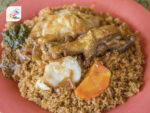

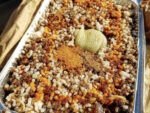
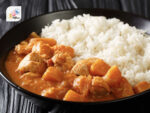
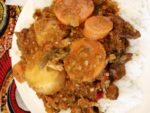

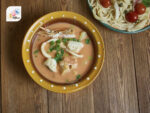

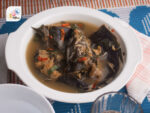
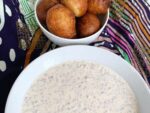
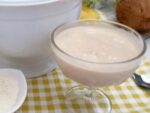
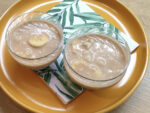
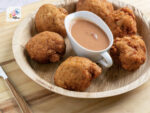
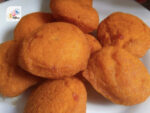
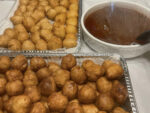
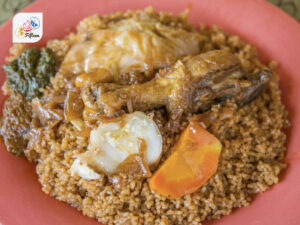
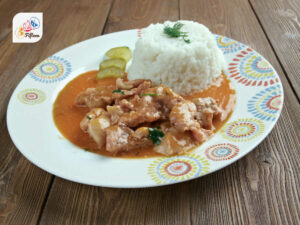
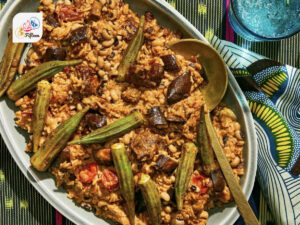
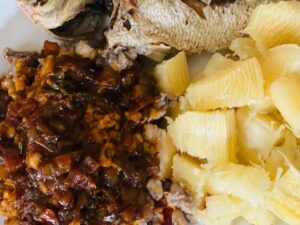
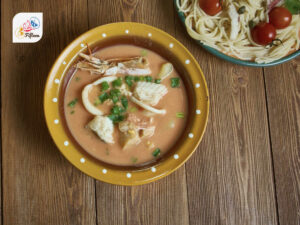
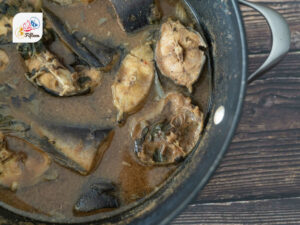
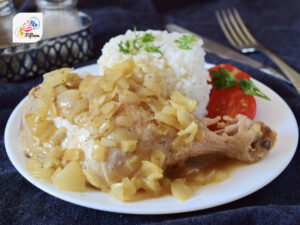
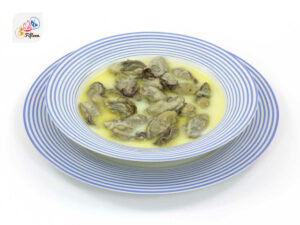
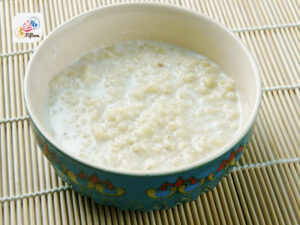
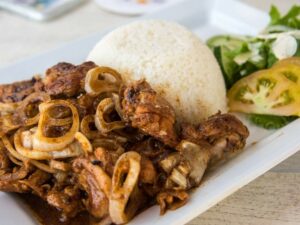
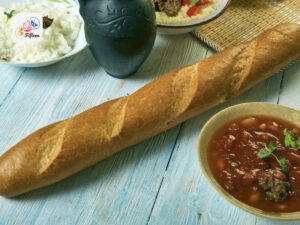
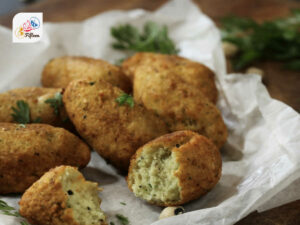
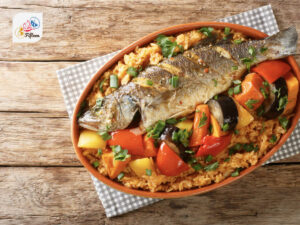
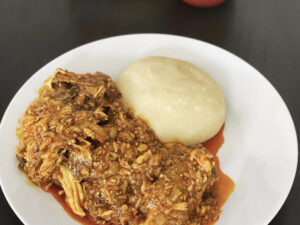
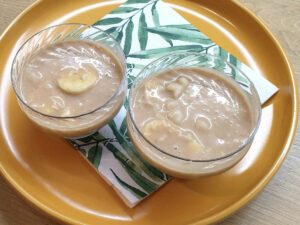

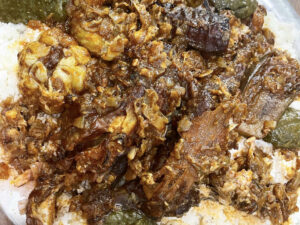
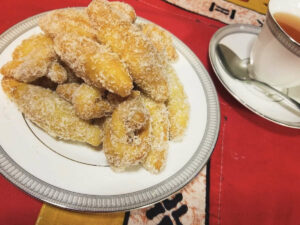
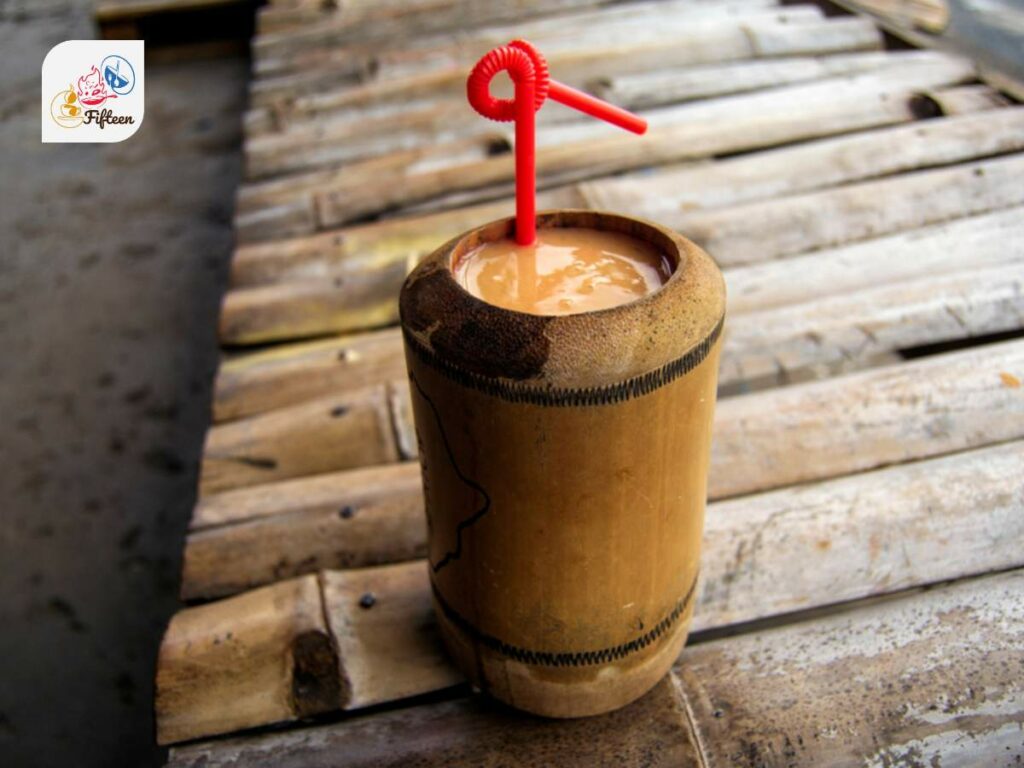
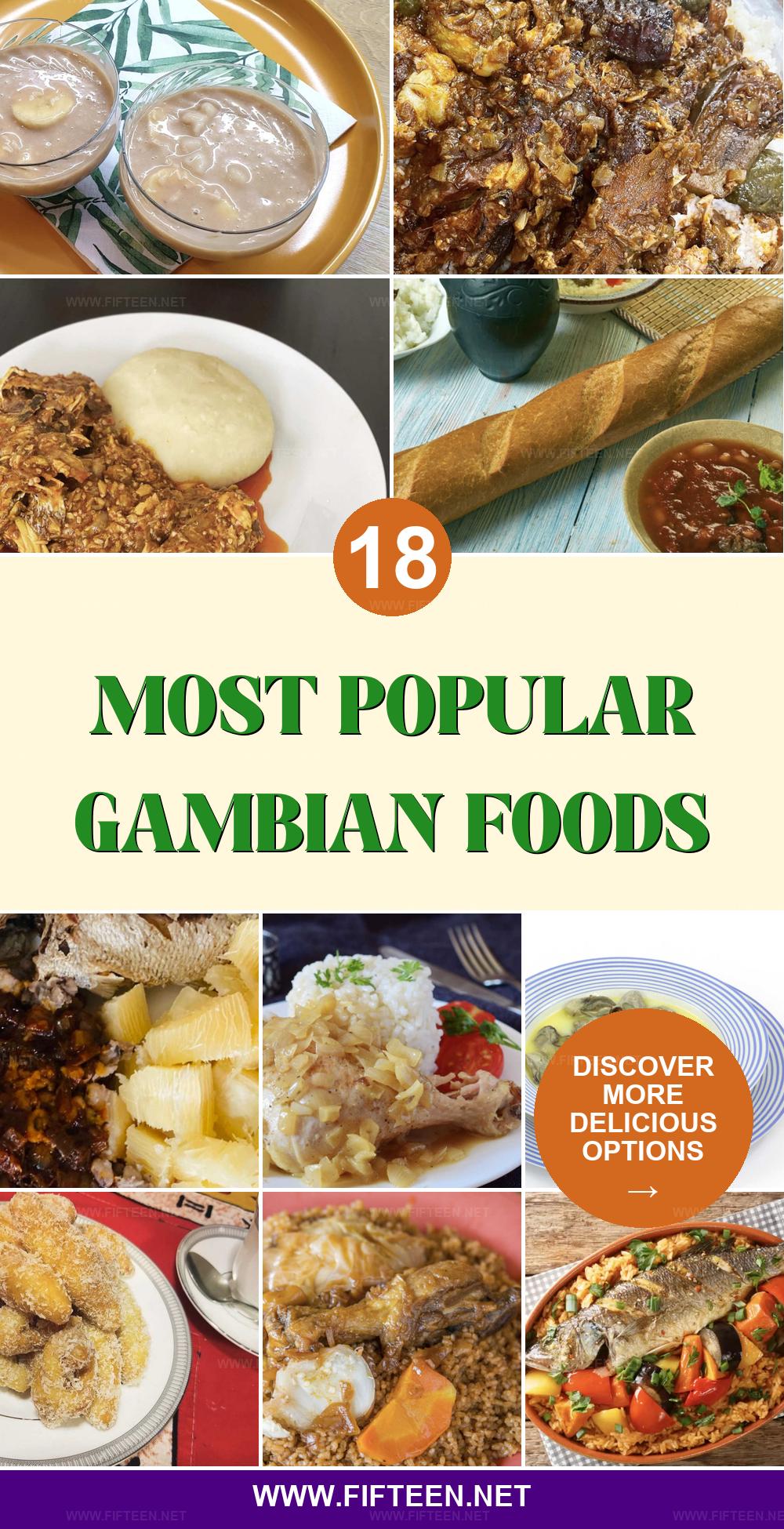
Jamie Scott
Editor in Chief, Senior Content Writer
Expertise
Home Cooking, Meal Planning, Recipe Development, Baking and Pastry, Food Editor, Cooking-video Maker, Western Food Evaluation Expert
Education
Le Cordon Bleu College of Culinary Arts
Local Community College, New York, NY
Jamie Scott is a skilled culinary expert and content creator specializing in Western cuisine. With over 15 years in the culinary field and formal training from Le Cordon Bleu, Paris, Jamie deeply understands how to blend nutrition with delicious flavors. His passion for cooking matches his commitment to making healthy eating accessible and enjoyable.
On Fifteen.net, Jamie brings a fresh perspective to classic dishes and beverages, offering readers insightful recipes, cooking tips, and a fresh view on meal planning that emphasizes taste, health, and simplicity.